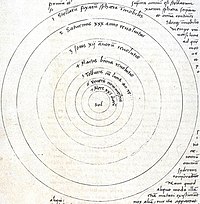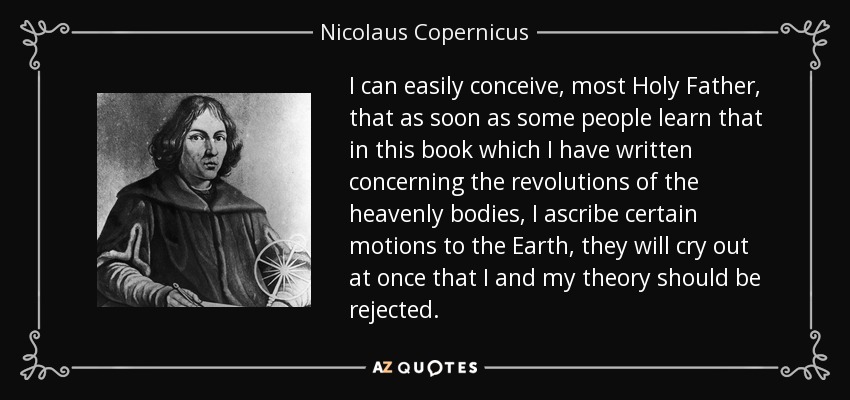

Kate seems to have been selected for her role of princess because she was irreproachable: as painfully thin as anyone could wish, without quirks, without oddities, without the risk of the emergence of character. Paul Emsley’s portrait of Kate Middleton is unveiled. Diana didn’t see the possible twists in the narrative. I’m far too snobbish to have read one, but I assume they are stories in which a wedding takes place and they all live happily ever after. She enjoyed only the romances of Barbara Cartland. She didn’t know the end of her own story. Sue Townsend said of Diana that she was ‘a fatal non-reader’. Another that the portrait might pass muster as the cover of a Catherine Cookson novel: an opinion I find thought-provoking, as Cookson’s simple tales of poor women extricating themselves from adverse circumstances were for twenty years, according to the Public Lending Right statistics, the nation’s favourite reading. One critic said perceptively that she appeared ‘weary of being looked at’. But in her first official portrait by Paul Emsley, unveiled in January, her eyes are dead and she wears the strained smile of a woman who really wants to tell the painter to bugger off. She looks like a nicely brought up young lady, with ‘please’ and ‘thank you’ part of her vocabulary. Presumably Kate was designed to breed in some manners. When it was announced that Diana was to join the royal family, the Duke of Edinburgh is said to have given her his approval because she would ‘breed in some height’. But Kate Middleton, as she was, appeared to have been designed by a committee and built by craftsmen, with a perfect plastic smile and the spindles of her limbs hand-turned and gloss-varnished. When she returned from that trip, to the prison Paris would become for her, it was said that her hair had turned grey overnight.Īntoinette as a royal consort was a gliding, smiling disaster, much like Diana in another time and another country.


Despite the weight of her mountainous hairdos, she didn’t feel her head wobbling on her shoulders. She was so wedded to her appearance that when the royal family, in disguise, made its desperate escape from Paris, dashing for the border, she not only had several trunk loads of new clothes sent on in advance, but took her hairdresser along on the trip. But in truth she was all body and no soul: no soul, no sense, no sensitivity. If she wore simple fabrics, she was accused of plotting to ruin the Lyon silk trade. If she wore fine fabrics she was said to be extravagant. She was one individual with limited power and influence, who focused the rays of misogyny. Her greed for self-gratification, her half-educated dabbling in public affairs, were adduced as a reason the French were bankrupt and miserable. She was transfixed by appearances, stigmatised by her fashion choices. Marie Antoinette was a woman eaten alive by her frocks. They will find that this young woman’s life until now was nothing, her only point and purpose being to give birth. Once she gets over being sick, the press will find that she is radiant. These days she is a mother-to-be, and draped in another set of threadbare attributions. In those days she was a shop-window mannequin, with no personality of her own, entirely defined by what she wore. It’s rather that I saw Kate becoming a jointed doll on which certain rags are hung. It’s not that I think we’re heading for a revolution. I hate the leaden repetitiveness of these little quizzes: who would be the guests at your ideal dinner party, what book has changed your life, which fictional character do you most resemble? I had to come up with an answer, however, so I chose Kate, the Duchess of Cambridge, and I chose to give her a book published in 2006, by the cultural historian Caroline Weber it’s called Queen of Fashion: What Marie Antoinette Wore to the Revolution. L ast summer at the festival in Hay-on-Wye, I was asked to name a famous person and choose a book to give them.


 0 kommentar(er)
0 kommentar(er)
